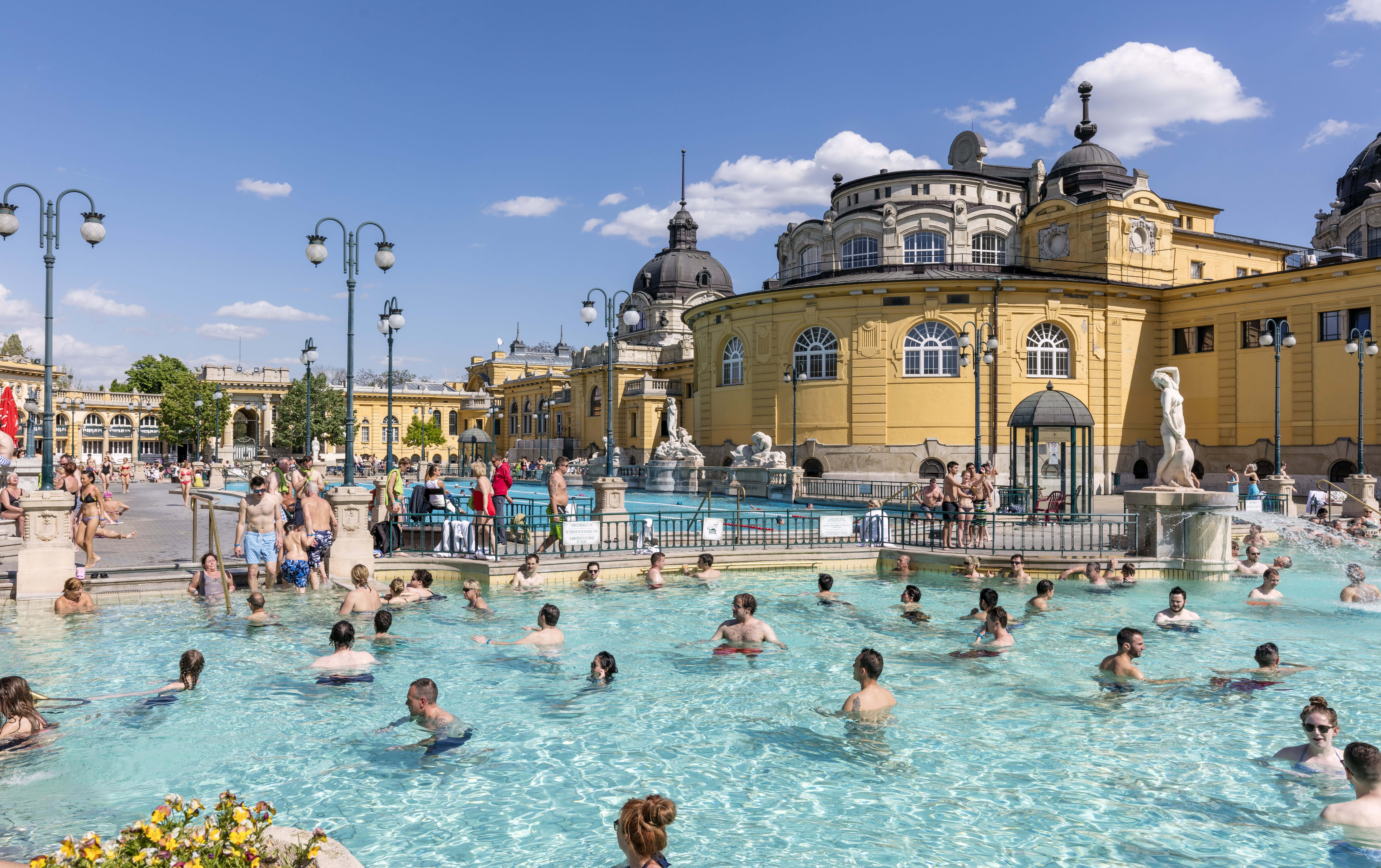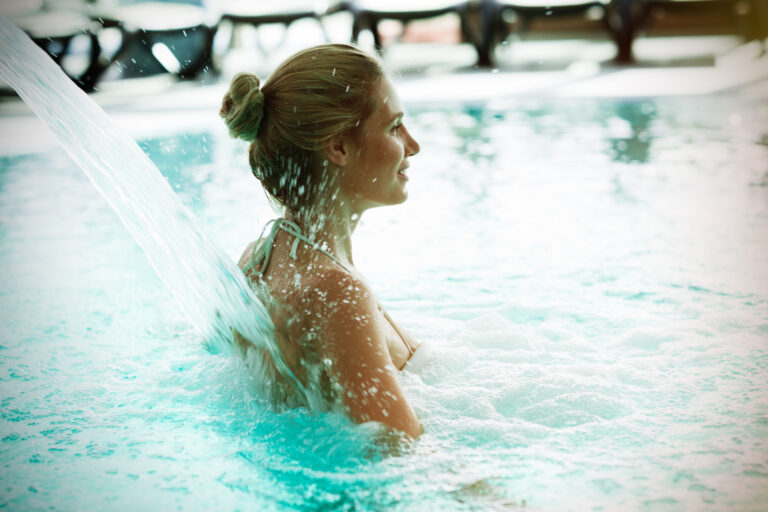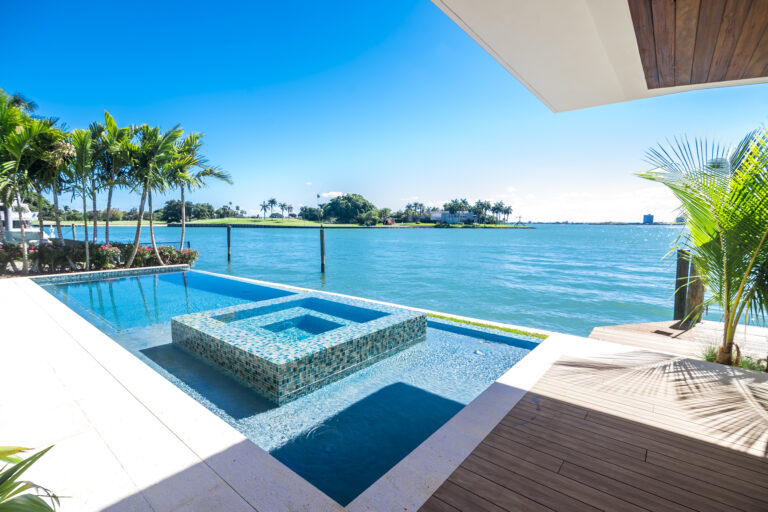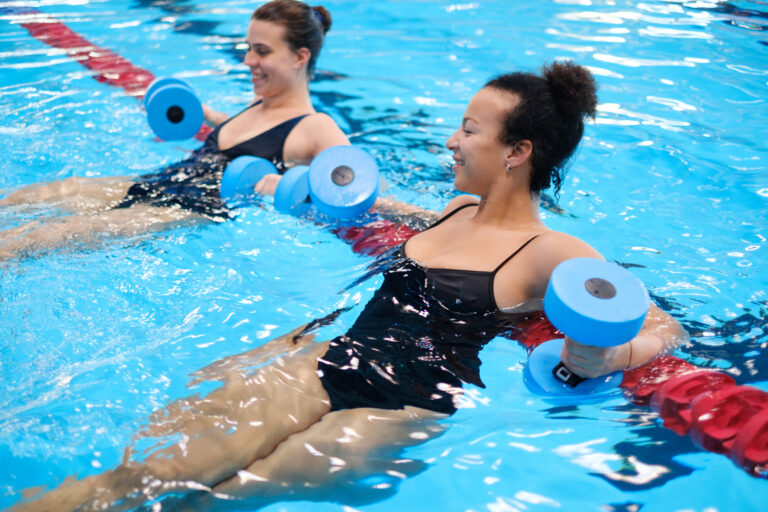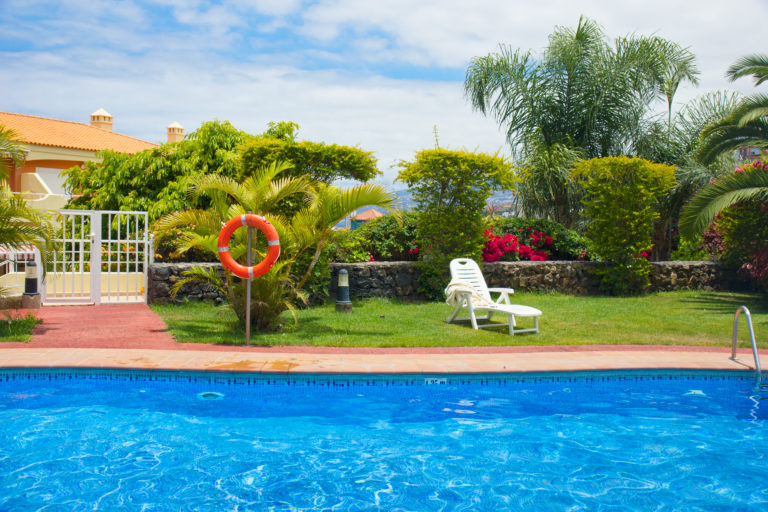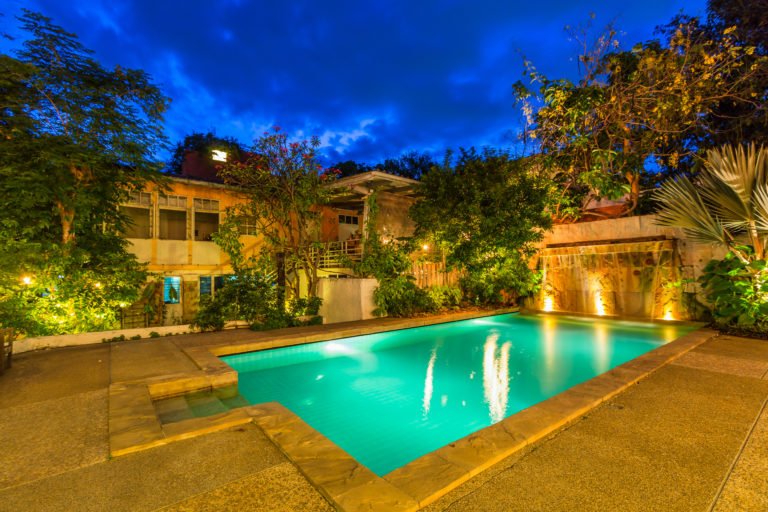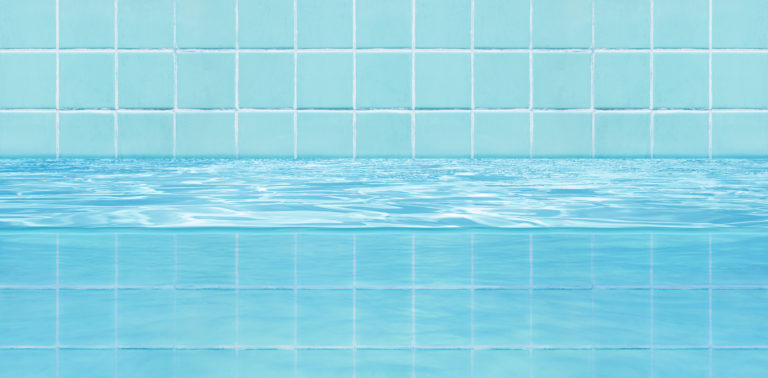Natural Pools Merging Mother Nature with Modern Design
You’re tired of conventional pools and crave something unique. Imagine a pool that blends seamlessly with nature, right in your backyard! Welcome to the world of natural pools, where modern design meets Mother Nature.
You’ll discover their evolution, key features, and environmental impact. By the end, you’ll be comparing them to traditional pools and might even consider installing one yourself.
Dive into the green revolution underwater!
Understanding the Concept of Natural Pools
Let’s delve into understanding what natural pools are and how they’re the perfect blend of Mother Nature and modern design.
Imagine plunging into a cool, refreshing pond on a hot summer day, but in your backyard. That’s exactly what a natural pool offers you! Instead of harsh chemicals like chlorine, these specially designed pools use plants and natural biological processes to keep the water clean.
You’re probably wondering about pool financing. Well, considering that natural pools require less maintenance than traditional ones, you’re looking at considerable savings down the line! With reduced reliance on chemical treatments and mechanical parts that can break down over time, there’ll be more money left in your pocket.
And let’s not forget about the health benefits! Swimming is already great for cardiovascular fitness and stress relief. But when you remove harmful chemicals from the equation? You’re reducing possible skin irritations or respiratory issues associated with chemically treated waters. Plus, being surrounded by lush greenery can have significant mental health benefits too!
So yes, it’s an investment – but one well worth considering if you value both your wellness and environmental sustainability.
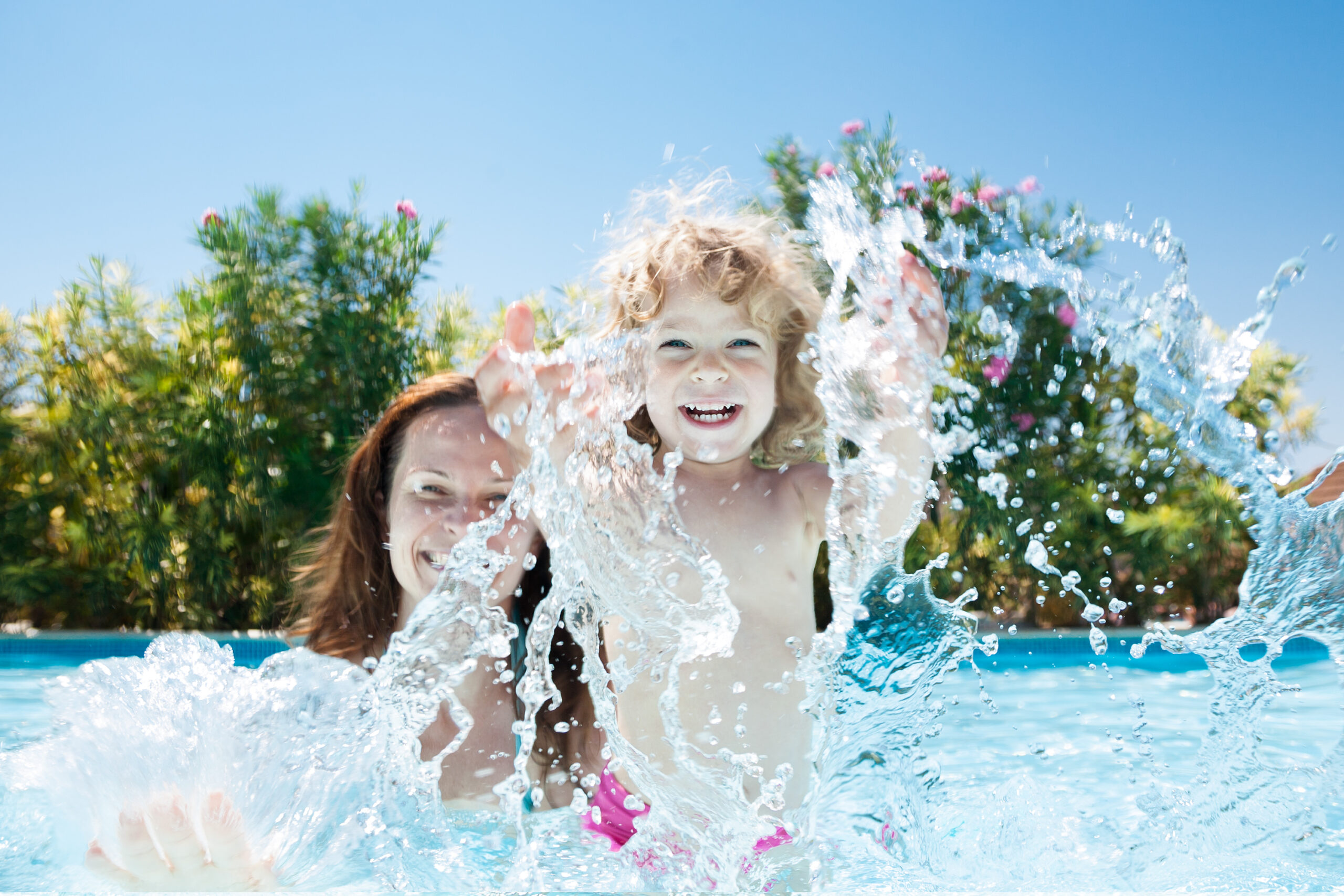
The Evolution of Natural Pools
Over time, natural pools have evolved from simple swimming holes into sophisticated systems that integrate seamlessly with the surroundings. They have transformed how you enjoy your backyard and how you engage with mother nature. The recent global trends indicate a surge in their popularity, and it’s easy to see why.
However, as natural pools become mainstream, pool regulations also come into play. It’s essential for you to understand these rules before diving headfirst into this eco-friendly option. These regulations vary across different regions and can influence factors like design parameters, water treatment techniques, and safety measures.
For instance, some regions may require specific filtration systems to ensure water cleanliness, while others might enforce strict construction codes for safety reasons. Therefore, it’s crucial for you to consult local authorities or professionals who are familiar with the pool regulations in your area before starting your project.
Moreover, staying informed about global trends can help you make the most of your natural pool experience. By understanding what’s popular around the world – be it aesthetic preferences or technological advancements – you can create a space that’s both contemporary and compliant with regulations.
Key Features of Natural Pools
You’re about to delve into the fascinating world of key features of natural pools.
Let’s explore how eco-friendly pool elements not only contribute towards a sustainable environment but also enhance the aesthetics of your outdoor space.
You’ll learn about their unique water purification process, which doesn’t rely on chemicals, and understand the principles surrounding their design and maintenance for a seamless blend with nature.
Eco-friendly Pool Elements”
Incorporating eco-friendly elements in pool design isn’t just a trend; it’s a way to merge sustainability with luxury. When you choose green aesthetics and sustainable technologies, you’re not only creating a beautiful space but also doing your part for the environment.
Here are some ways you can integrate these elements:
– Use solar heaters instead of traditional gas or electric heaters. They’re energy-efficient and help reduce greenhouse gas emissions.
– Incorporate native plants around and inside the pool area to create natural aesthetics and promote local biodiversity.
– Opt for environmentally friendly cleaning methods like saltwater systems that require fewer chemicals than conventional chlorine pools.
With these tips, you’ll have an elegant, eco-friendly oasis right in your backyard.
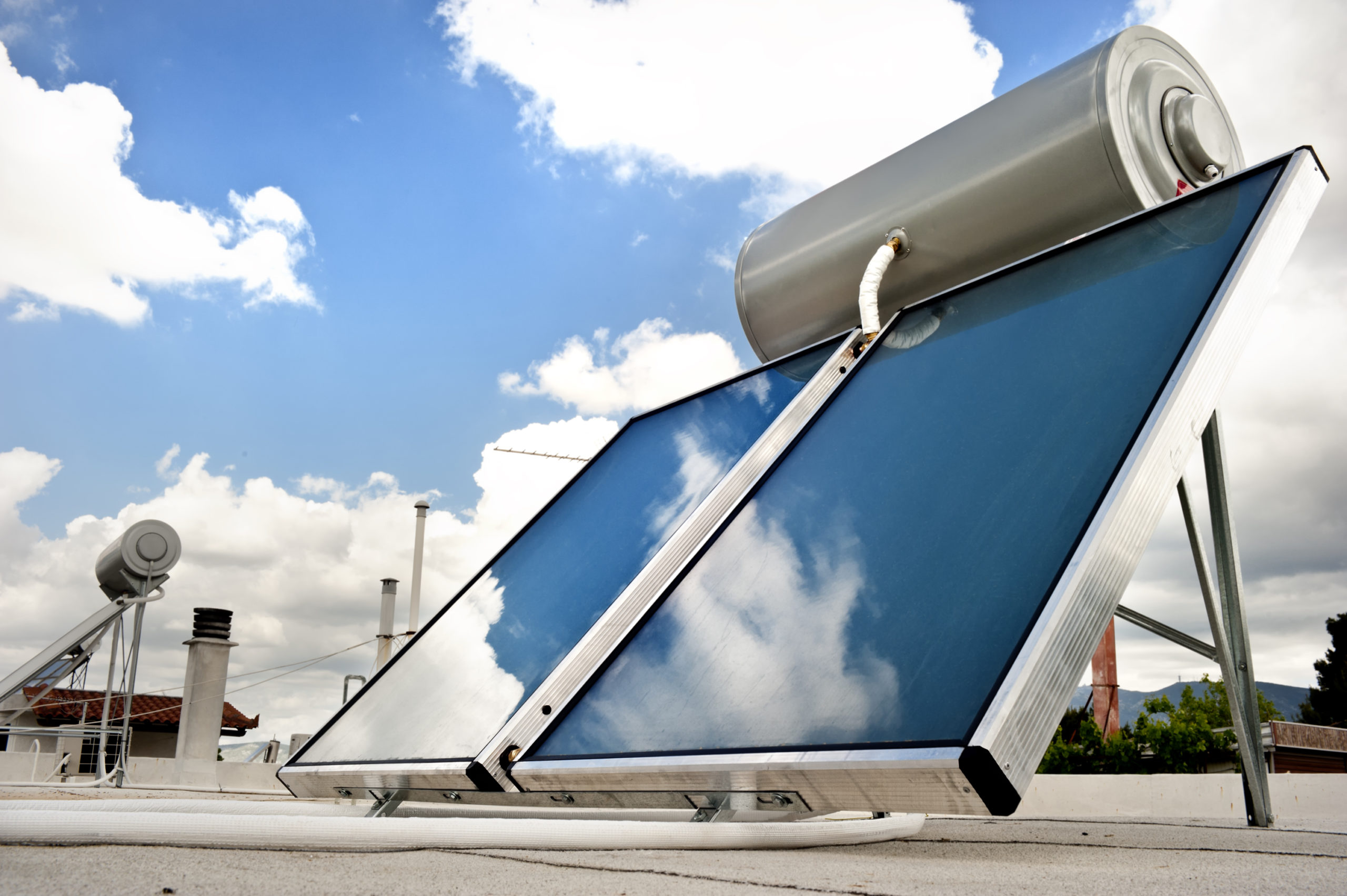
Water Purification Process”
Let’s delve into the water purification process, an essential aspect of maintaining a healthy and eco-friendly pool.
Biological filters are your new best friends here. They’re systems that use natural bacteria to break down harmful substances in the water, making it safe and clean for everyone to enjoy.
But you’re not done yet! Aquatic plants utilization is another key process in purifying pool water naturally. These plants absorb nutrients from the water, reducing algae growth and providing oxygenation.
So when you dip into your pool, you’re swimming in pure, chemical-free water that feels soft on your skin.
Design and Maintenance
Moving on to design and maintenance, it’s crucial to regularly check your pool’s biological filters and plant life for optimal performance. Remember, maintaining the balance of nature in your pool can be challenging but worth the effort.
Your choice of plants not only impacts pool aesthetics but also its functionality – they should be able to survive with minimal care while enhancing the overall look.
Pool budgeting is another aspect you need to consider. It’s not just about the initial setup cost; regular maintenance, necessary upgrades, and possible repairs are part of this ongoing expense. So plan wisely, ensuring that your natural pool remains a source of joy rather than a financial burden.
With thoughtfulness and patience, you’ll find that maintaining harmony between mother nature and modern design isn’t as daunting as it seems.
The Process of Designing a Natural Pool
You’re about to embark on the exciting journey of designing your own natural pool. Two key choices will shape your project: picking the perfect location and selecting appropriate natural materials.
Consideration of sunlight exposure, convenience, landscape integration, and safety issues will guide you in choosing an ideal spot for your pool.
When it comes to material selection, you’ll be exploring various options that can seamlessly blend with nature while ensuring durability and aesthetic appeal.
Choosing Pool Location
When it’s time to pick the perfect spot for your natural pool, there are several factors you should consider.
Site accessibility is crucial. You don’t want construction crews trampling through your entire yard. Aim for an area that’s easy to reach without causing unnecessary damage.
The surrounding landscape also plays a major role. You’ll want a location that blends with the natural environment, creating a seamless transition between pool and nature. Think about the types of plants around the site and how they’ll affect your pool’s look and feel. Remember, trees can provide shade but may also drop leaves into the water.
Lastly, consider how easily you can incorporate elements such as rocks or waterfall features into your design based on where you place your pool.
Selecting Natural Materials
Shifting gears from the careful selection of your pool’s location, let’s now delve into an equally important aspect: material sourcing and durability assessment. The charm of a natural pool lies in its organic aesthetic, making the choice of materials crucial to its overall appeal.
| Material | Sourcing Difficulty | Durability |
| Natural Stone | Moderate | High |
| Clay | Easy | Moderate |
| Gravel | Easy | Low |
Natural stone, for instance, provides durability but may be challenging to source. Clay is easier to find but offers only moderate durability. Gravel is readily available but lacks long-term endurance. Remember, it’s not just about finding the right materials – evaluating their longevity is vital too. Your dream natural pool relies on the perfect blend of sourcing feasibility and lasting resilience.
Comparing Natural Pools to Traditional Pools
In contrast to traditional pools, natural pools offer a unique blend of functionality and aesthetic appeal that you’ll find hard to resist. When considering the pool cost comparison, it’s important to remember that while natural pools may require a higher initial investment than conventional chlorine-filled ones, they pay off in the long run with lower maintenance costs. Natural pools don’t need expensive chemicals or machinery for cleaning; Mother Nature does all the work.
Moreover, there are significant health benefits associated with swimming in natural water free from harsh chemicals. Chlorine can cause skin irritation and eye problems, but you won’t have these issues with a natural pool. The naturally filtered water is gentle on your skin and eyes, making each swim a pleasurable experience.
Choosing between a traditional pool and a natural one ultimately depends on what you value most – do you prefer the crystal-clear, blue-tinted waters of chemically treated pools or would you rather immerse yourself in an eco-friendly water feature that mimics nature’s tranquil beauty? If it’s the latter, then investing in a natural pool could be just what you’re looking for.
The Environmental Impact of Natural Pools
You’ll be doing your bit for the environment too, as these eco-friendly alternatives to traditional swimming pools have a significantly lower impact on our planet. Natural pools not only blend seamlessly into their surroundings but also serve as a wildlife attraction. They create a habitat for various critters and flora, enhancing biodiversity in your backyard.
Their design often includes zones for plants that naturally filter water, eliminating the need for harmful chemicals. The result is clean, clear water that’s healthier for you and kinder to Mother Earth.
Let’s not forget about the economic benefits. While the upfront cost may be similar to conventional pools, you’ll save big in the long run. No more expensive chemical treatments or high energy bills from filtration systems. Plus, natural pools require less maintenance overall.
With natural pools, you’re investing in an eco-friendly option that offers tangible financial benefits while contributing positively to local ecosystems. So go ahead and make the switch – it’s an easy way to reduce your environmental footprint while enjoying all the perks of having a pool at home.
Case Studies: Successful Natural Pool Designs
Let’s look at some successful examples of eco-friendly swimming areas to see how they’ve been seamlessly incorporated into their surrounding landscapes. These locations have overcome regulatory challenges and conducted cost analysis to create beautiful, sustainable natural pools that work in harmony with nature.
– Biotop Natural Pool, Austria: This pool is a pioneer in the field, creating a self-cleaning system that uses plants and organic filters instead of chemical cleaners. They’ve navigated tricky regulations regarding water safety standards while also providing an affordable option for homeowners.
– Chumbe Island Coral Park, Zanzibar: This area boasts a tidal lagoon naturally filtered by coral reefs. Despite the initial high costs associated with preserving the delicate ecosystem, their detailed cost analysis showed long-term financial sustainability through tourism.
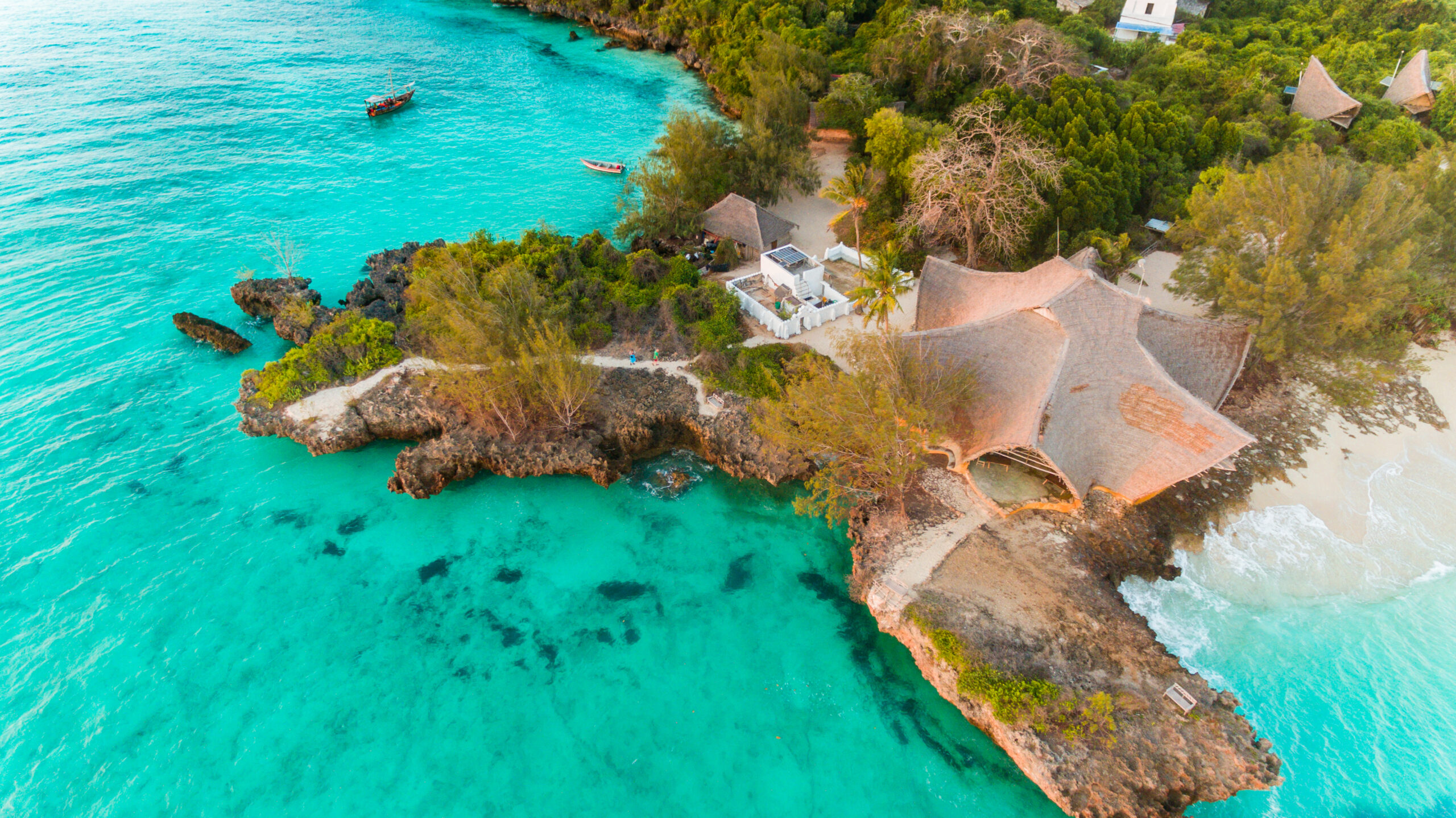
– Webbs Creek Ferry River Pool, Australia: A community-driven project created this stunning river pool. Meeting all regulatory challenges head-on, they ensured safety and cleanliness without sacrificing environmental integrity.
These cases demonstrate that it’s possible to design natural pools that are not only ecologically sound but also financially viable. You can balance functionality with aesthetics while adhering to regulations and managing costs effectively.
Frequently Asked Questions
What Is the Average Cost of Installing a Natural Pool?
You’re likely looking at an average cost of $50,000 to $100,000 for installing a natural pool. However, your final price can vary greatly depending on pool financing options and natural pool landscaping choices.
How Much Time Does It Take to Maintain a Natural Pool Compared to a Traditional Pool?
Maintaining a natural pool requires less time than a traditional one. You’re not managing harsh chemicals, but the ecological impact and water supply instead. It’s easier on you and benefits the environment too.
Can I Convert My Existing Traditional Pool Into a Natural Pool?
Yes, you can convert your traditional pool into a natural one. The pool conversion process isn’t overly complex. It’s about adding sustainable pool features that work with nature to keep the water clean and clear.
What Are the Health Benefits of Swimming in a Natural Pool?
Swimming in a natural pool boosts your natural immunity. The therapeutic effects of the clean, chemical-free water can rejuvenate you while reducing stress levels. It’s simply nature’s spa at your disposal.
Are There Any Specific Regulations or Permits Required for Installing a Natural Pool?
Yes, you’ll need to check local zoning restrictions and permits before installing a natural pool. Pool biodiversity could influence these requirements, so it’s important to plan your design carefully and consult with local authorities.

